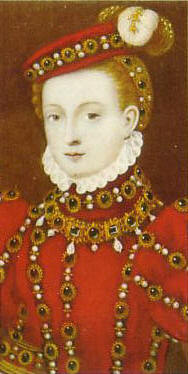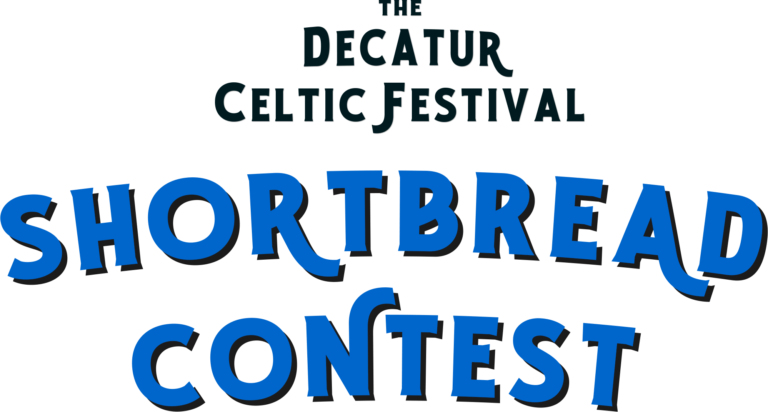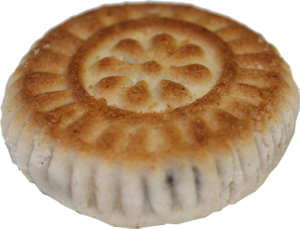The History of Shortbread
 The story of shortbread begins with medieval “biscuit bread.” Any leftover dough from bread making was dried out in a low oven until it hardened into a type of rusk: the word “biscuit” means “twice cooked.” Gradually, the yeast in the bread was replaced by butter, and biscuit bread developed into shortbread.
The story of shortbread begins with medieval “biscuit bread.” Any leftover dough from bread making was dried out in a low oven until it hardened into a type of rusk: the word “biscuit” means “twice cooked.” Gradually, the yeast in the bread was replaced by butter, and biscuit bread developed into shortbread.
Shortbread was an expensive luxury, and for ordinary people, it was a special treat reserved for special occasions such as weddings, Christmas, and the New Year. In Shetland, it was traditional to break a decorated shortbread cake over the head of a new bride on the threshold of her new home. The custom of eating shortbread at the New Year has its origins in the ancient pagan Yule Cakes, which symbolized the sun. In Scotland, it is still traditionally offered to “first footers” at the New Year.
Shortbread has been attributed to Mary, Queen of Scots, who was said to be very fond of Petticoat Tails, a thin, crisp, buttery shortbread flavored initially with caraway seeds, in the mid-16th century.
There are two theories regarding the name of these biscuits. It has been suggested that the name “petticoat tail” may be a corruption of the French petites galettes (“little cakes”). However, these traditional Scottish shortbread biscuits may, in fact, date back beyond the 12th century.
The triangles fit together into a circle and echo the shape of the fabric used to make a full-gored petticoat during Elizabeth I’s reign. The theory here is that the name may have come from the word.
Shortbread is traditionally formed into one of three shapes: one large circle divided into segments (“Petticoat Tails”), individual round biscuits (“Shortbread Rounds”), or a thick rectangular slab cut into “fingers.”





 The story of shortbread begins with medieval “biscuit bread.” Any leftover dough from bread making was dried out in a low oven until it hardened into a type of rusk: the word “biscuit” means “twice cooked.” Gradually, the yeast in the bread was replaced by butter, and biscuit bread developed into shortbread.
The story of shortbread begins with medieval “biscuit bread.” Any leftover dough from bread making was dried out in a low oven until it hardened into a type of rusk: the word “biscuit” means “twice cooked.” Gradually, the yeast in the bread was replaced by butter, and biscuit bread developed into shortbread.